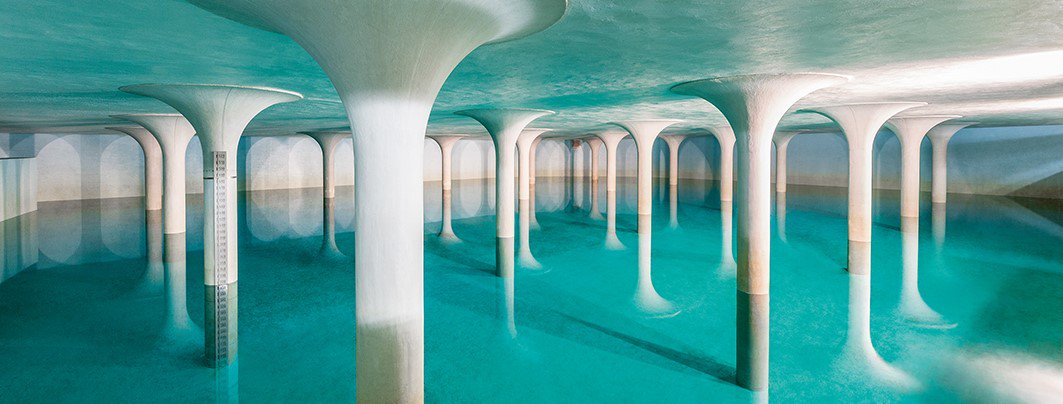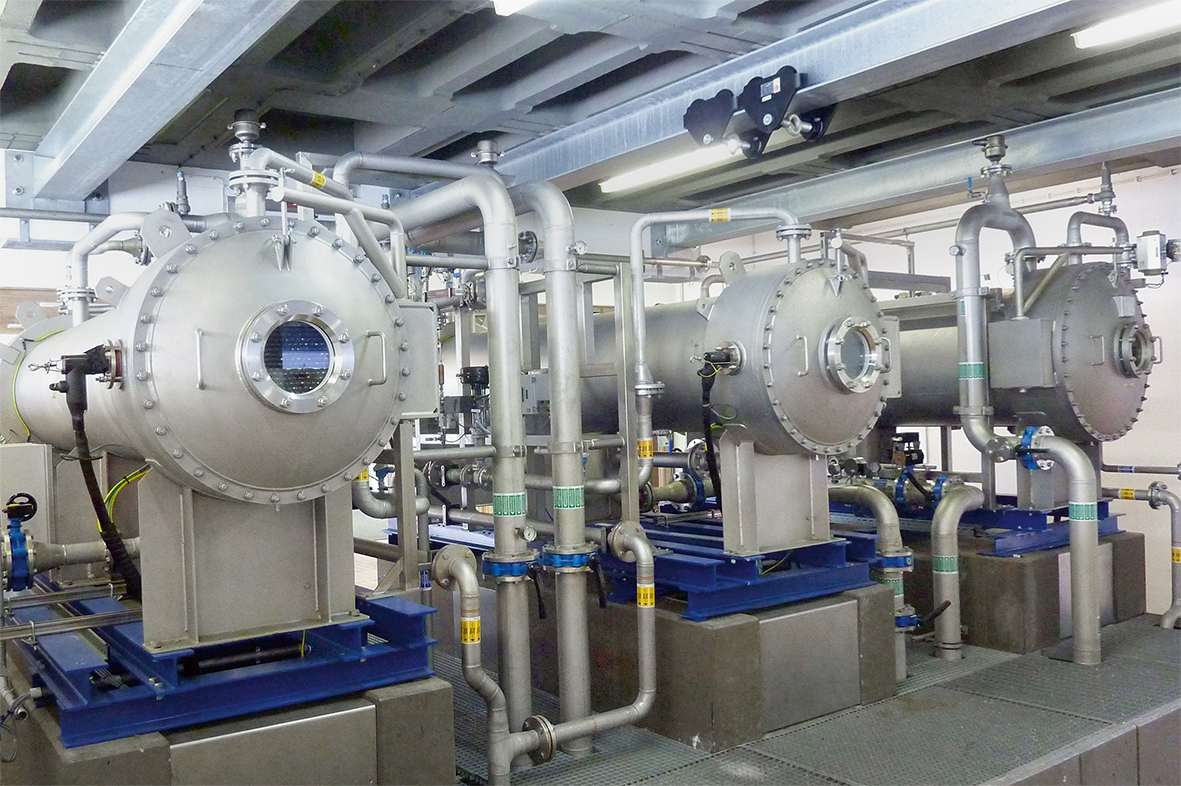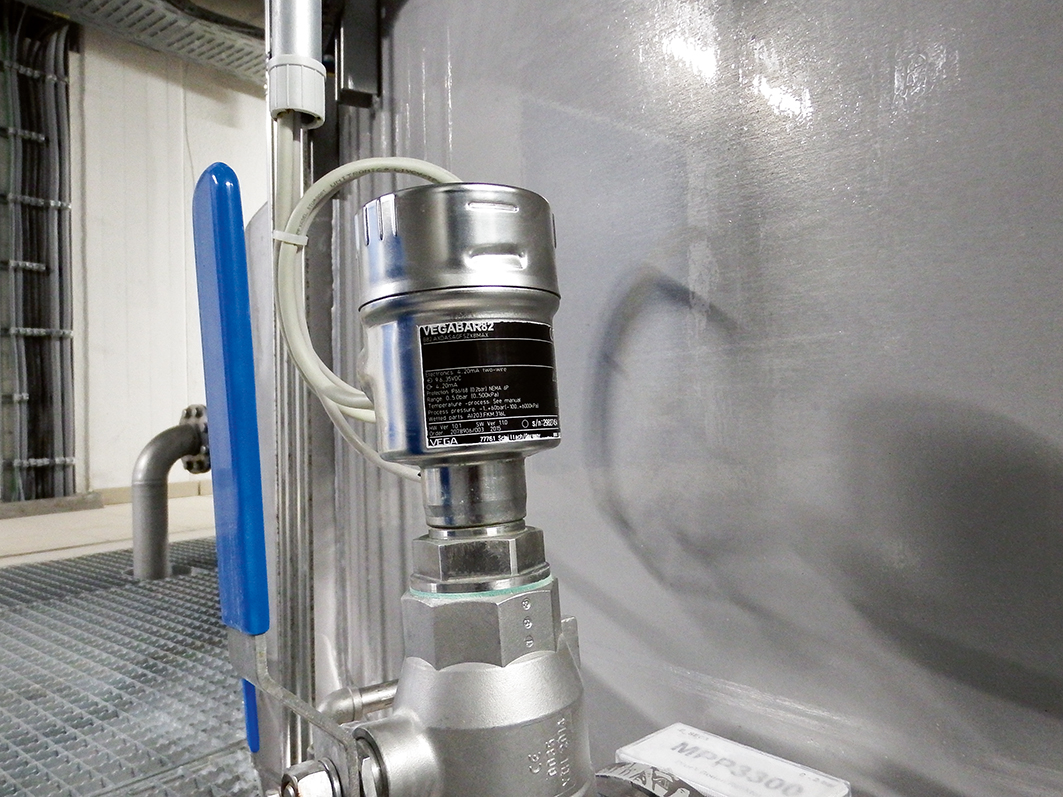
Drinking water is the most important food of all. Its preparation requires complex processes. To oxidize and disinfect drinking water in the course of treatment, ozone is often mixed in. Because of its high reactivity, ozone must be produced and added on site under strict safety regulations. VEGA’s pressure transmitters make an important contribution to the continuous processing of top quality drinking water.

Ozone oxidises dissolved and particulate organic matter and kills or inactivates existing microorganisms. Ozone is always formed when some form of energy decomposes molecular oxygen (O2) into individual oxygen atoms (O), which then react with molecular oxygen (O2) to form ozone (O3). This can occur through UV radiation, lightning strikes and also high-voltage electrical discharges. Because of its high reactivity, ozone is produced, transported and added to the water on the spot and in compliance with strict safety regulations.
The actual production process takes place in pressurized reactors, where electrical energy is applied to convert oxygen into ozone. Then, the resulting gas mixture flows into an ozone collecting pipe. The maximum ozone concentration is about 180 g/Nm³ at an operating pressure of 1.3 bar.

Injectors feed the ozone into the water, while mixers distribute the tiny ozone bubbles evenly throughout the water volume. The water remains for a few minutes in large containers during which time oxidation and disinfection take place.

To ensure that pressure measurement in the ozone collection pipe and at other important measuring points is absolutely safe and reliable, the engineering department decided to use VEGABAR 82, the pressure transmitter with ceramic CERTEC® measuring cell and a “Second Line of Defense”. This is an additional process separation by means a gas-tight feedthrough above the process connection. Although the measuring cell is permanently resistant to ozone, the second line of defense provides an extra layer of protection against the leakage of ozone from the pipeline through the pressure transmitter.